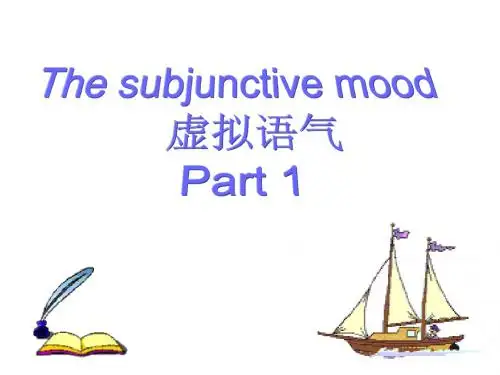虚拟语气(优质课)
- 格式:ppt
- 大小:2.37 MB
- 文档页数:39


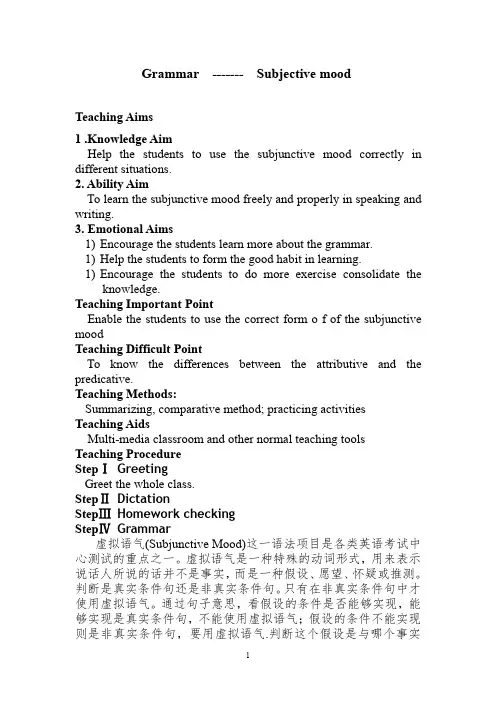
Grammar-------Subjective mood Teaching Aims1.Knowledge AimHelp the students to use the subjunctive mood correctly in different situations.2.Ability AimTo learn the subjunctive mood freely and properly in speaking and writing.3.Emotional Aims1)Encourage the students learn more about the grammar.1)Help the students to form the good habit in learning.1)Encourage the students to do more exercise consolidate theknowledge.Teaching Important PointEnable the students to use the correct form o f of the subjunctive moodTeaching Difficult PointTo know the differences between the attributive and the predicative.Teaching Methods:Summarizing,comparative method;practicing activities Teaching AidsMulti-media classroom and other normal teaching tools Teaching ProcedureStepⅠGreetingGreet the whole class.StepⅡDictationStepⅢHomework checkingStepⅣGrammar虚拟语气(Subjunctive Mood)这一语法项目是各类英语考试中心测试的重点之一。

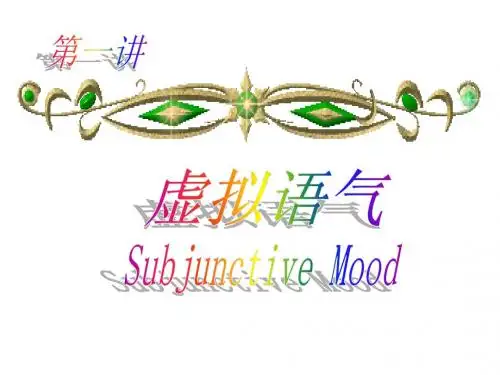

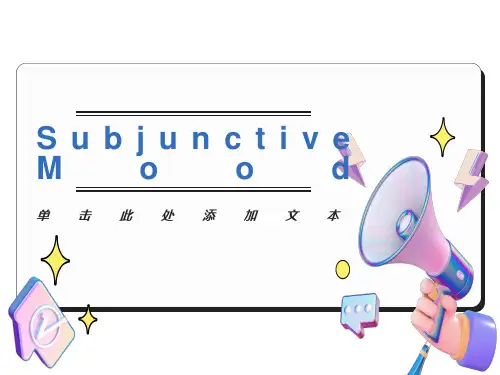

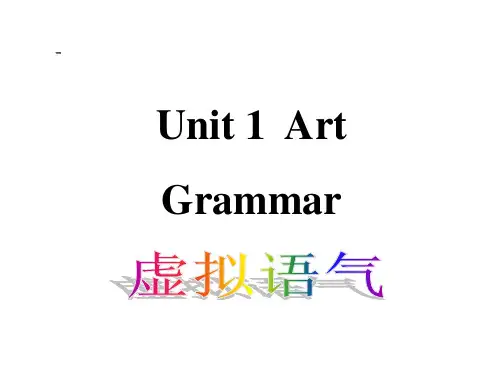

开课课件•虚拟语气基本概念与分类•条件句中虚拟语气用法•名词性从句中虚拟语气应用•虚拟语气在定语从句中运用目录•祈使句、感叹句和省略句中虚拟语气表达•其他复杂句型中虚拟语气识别与运用虚拟语气基本概念与分类定义及作用介绍虚拟语气定义虚拟语气作用虚拟语气类型划分基本型虚拟语气通过动词原形的变化来表达虚拟情况,如使用过去时态表示与现在事实相反的虚拟条件。
省略if的虚拟语气在虚拟条件句中,如果含有were、had或should等词,可以省略if,将这些词提至句首,形成倒装句。
混合型虚拟语气句子中主句和从句的动词形式根据不同时间点的虚拟情况而有所变化。
与陈述语气对比与祈使语气对比与感叹语气对比030201与其他语气对比分析常见误区及注意事项将虚拟语气与过去时态混淆,认为只要是过去时态就是虚拟语气。
在使用混合型虚拟语气时,容易将主句和从句的动词形式弄混。
在使用虚拟语气时,要注意动词形式的正确变化。
在写作或口语中,要根据语境和需要选择合适的虚拟语气类型来表达自己的意思。
误区一误区二注意事项一注意事项二条件句中虚拟语气用法结构If + 主语+ had + 过去分词,主语+would/should/could/might +have + 过去分词。
定义表示与过去事实相反的假设,即过去没有发生的情况。
示例If I had known your telephone number then, I would have called you. 如果那时我知道你的电话号码,我就会给你打电话了。
零条件句(If+过去完成时)第一条件句(If+一般过去时)定义表示与现在事实相反的假设,即现在不可能发生的情况。
结构If + 主语+ 动词过去式(be动词用were),主语+would/should/could/might + 动词原形。
示例If I were you, I would take the job. 如果我是你,我就会接受那份工作。
